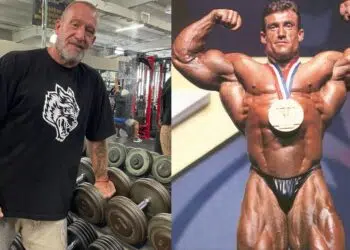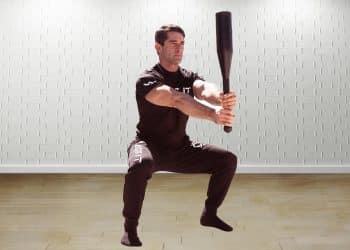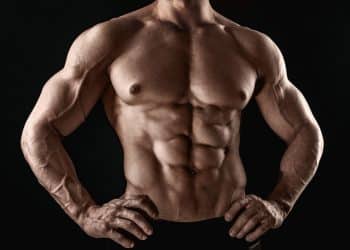When most of us see a big bodybuilder, we tend to draw the conclusion that they must be extremely strong. If they look really strong, the assumption is that they must also be very strong. Today’s top pro bodybuilders are literally the most muscular men and women to have ever existed in human history, but the facts of the matter are that they are far from the strongest of humans.
Don’t get me wrong, these people are plenty strong, but the strongest of human beings are nowhere near as muscular. That is because the truth is that the size of a muscle is not directly proportional to the strength of a muscle. It is actually a fact that as mass increases, it becomes more difficult to be as relatively strong. It is also true that if muscle size increases, then strength does as well, but not as much as you would think.
When it comes to building strength, we can call muscle size the weak force, and the motor unit activation and fiber types are the strong forces. The qualities that make up both muscle size and muscle strength are very different. To understand their differences, we have to look at each of these attributes to see how they are composed.
Muscle size is made up of a few different ingredients. Contractile proteins are what are responsible for the mechanical work of the actual moving of your body. The sarcoplasm (an article on how to increase the size of yours here) is the fluid in your muscle cells. This is where it becomes more apparent as to why muscle size and strength are not relative, because the size of your muscle is made up of as much water, as they are made from contractile proteins. Sarcoplasm (water ‘size’ in simple terms) does play an important role in strength, but not to the degree that contractile proteins do. Even with a maximum amount of both sarcoplasm and contractile proteins, it is still possible for someone with half as much of these to be stronger. To understand why, we need to look at what makes up the strong forces of a muscle.
The first of the strong forces is at least part of what accounts for the fact that top middleweight powerlifters, and olympic weightlifters are considerably stronger than the world’s top heavyweight bodybuilders, even though they are almost half of their size. Part of this is because our bodies are extremely efficient. Just because you have a certain amount of muscle fibers, does not mean that you will be able to contract all of those fibers at the same time, because this is an extremely energy draining process. This is why the more advanced you become in strength, the longer your rest periods have to become. At this point you are working harder than someone who is a beginner can work. This is because the development of strength is in fact the training of your body to recruit more muscle fibers at the same time. You aren’t growing more of them, just using them to their capacity.
Level Up Your Fitness: Join our 💪 strong community in Fitness Volt Newsletter. Get daily inspiration, expert-backed workouts, nutrition tips, the latest in strength sports, and the support you need to reach your goals. Subscribe for free!
We also have to factor in the difference in fiber types. There are many kinds, but to keep things simple, there are two main types: fast twitch fibers and slow twitch fibers. In simple terms, the fast twitch fibers are the ones you use when you want to go fast, and the slow twitch fibers are better at endurance. The fast ones are more efficient at bursts of energy that result in both speed and strength, and the slow twitch ones are more efficient for a more moderate use of energy, and for a longer period of time.
You can have two different people who are of identical size, that are composed of entirely different muscle fiber types. One would be built for endurance, and the other would be built for strength. There are also things like leverage as dictated by limb-length, tendon and ligament attachment points – all of which will contribute greatly to strength if in an advantageous proportion.
As you can see, there are many factors that make up muscle, and many different combinations and possibilities that will determine your genetic potential for both muscular strength, and muscular size. The method you choose to train will of course be a huge determining factor as well, to what the end result will be regarding both muscle mass, and muscle fiber recruitment ability. The choice is yours as to which you see the most value in. Do you want to look strong, or be strong, or a little of both?
Happy Lifting!








